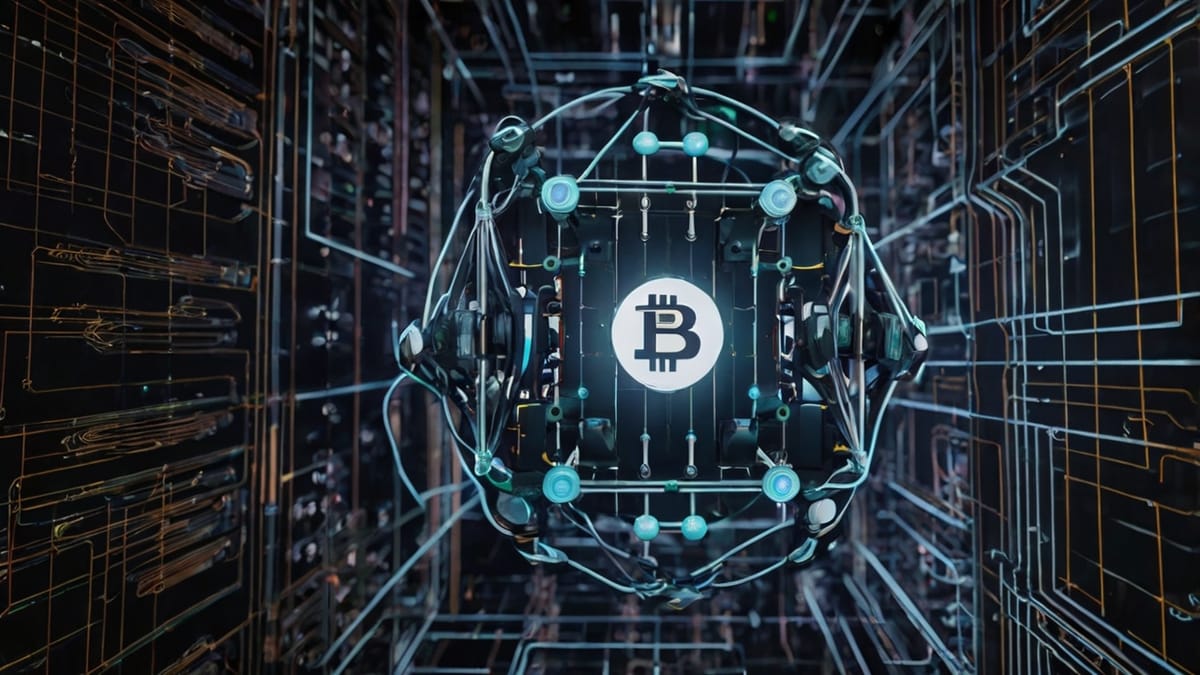AI × Blockchain: Real Integration Risks

(and a SAFE way to ship)
The promise of combining AI with blockchains is real—projects like Bittensor, Fetch.ai, SingularityNET, and Ocean Protocol are actively exploring decentralized training, agent execution, and data markets. But the integration creates failure modes that are easy to underestimate. Below is a clear, sourced view of the risks and a practical framework for teams that want to build responsibly. Ocean Protocol+4Bittensor+4Gate.com+4
The hidden infrastructure challenge
Public chains are designed for immutability. Once a smart contract executes, reversing errors is hard and sometimes impossible; “virtual upgrades” exist but are complex, require forethought, and can’t undo already-executed transactions. That’s great for auditability—but brutal when AI systems make mistakes that trigger on-chain actions. ethereum.org+2ethereum.org+2
What this looks like in practice:
- In 2017 a Parity wallet flaw permanently froze hundreds of millions of dollars’ worth of ETH—an example of how hard it is to unwind errors on-chain. The Guardian+1
- Networks can experience outages or reorgs that complicate downstream automation. Starknet, for example, saw a nine-hour outage and two reorgs on Sept 2, 2025 after a software upgrade. AI agents depending on timely finality or state reads must plan for this. StarkNet
A new attack surface: AI agents that hack back
Recent research shows autonomous AI systems can find and generate exploits against smart contracts end-to-end, turning LLMs into exploit engines (“A1”) that scan, craft proofs-of-concept, and execute attacks within minutes. This increases the value of defense-in-depth, gated execution, and staged rollouts for any AI→on-chain pipeline. BankInfoSecurity+3arXiv+3arXiv+3
The accountability gap (and how policy is closing it)
Who’s responsible when an AI-driven action goes wrong on-chain? Regulation is moving toward clearer answers by role:
- Providers (developers) of high-risk AI: design, testing, technical documentation, and post-market monitoring duties.
- Deployers (users in a professional capacity): follow instructions, ensure human oversight, log operations, and report serious incidents.
These distinctions in the EU AI Act—plus management frameworks like NIST AI RMF 1.0 and ISO/IEC 42001—are becoming the reference points enterprises use to allocate responsibility and controls across the AI lifecycle. ISO+5Artificial Intelligence Act+5Artificial Intelligence Act+5
The (reasonable) contrarian view
Proponents note that blockchains can improve auditability of AI: anchoring model outputs, prompts, or key decisions on-chain can help with provenance, tamper evidence, and post-hoc review. That’s true—but it must be balanced against privacy, cost, and the difficulty of correcting errors once recorded. MDPI+1
The SAFE Integration Protocol (practical guide)
A lightweight checklist you can adopt today. (This is an editorial framework, not a formal standard.)
S — Segregation
Keep AI decisioning off-chain by default. Route only approved actions to on-chain execution using allow-listed function calls and strict schemas. Use time-locks and staged commits so humans (or policies) can intervene before state changes. ethereum.org
A — Audit
Log prompts, model versions, inputs, and rationales off-chain; anchor hashes on-chain for integrity. Use mandatory review windows (timelocks) for sensitive functions; require multisig for escalations. Align evidence collection with NIST AI RMF and ISO 42001 controls. NIST Publications+1
F — Fallback
Build manual overrides and emergency brakes: pausable contracts, circuit breakers, kill-switch permissions scoped to minimal blast radius. Practice incident response (table-tops, dry runs) so operators can act within minutes. OpenZeppelin Docs+2OpenZeppelin Docs+2
E — Evaluation
Define metrics before launch: false-positive/false-negative rates for AI policy checks, on-chain failure rollback time, and incident MTTR. Red-team AI agents against real contracts (within a sandbox) and track drift post-deployment. Use findings from recent AI-agent exploit research to set test scenarios. arXiv
What to watch
- Smart-contract risk remains high. Billions have been lost to contract bugs over the years; AI will not magically eliminate this and may accelerate both discovery and exploitation. OpenZeppelin
- Operational fragility matters. Plan for L2/L1 outages, reorgs, and oracle delays; your AI pipelines should degrade safely. StarkNet
- Governance is maturing. Expect due-diligence asks referencing EU AI Act roles, NIST AI RMF, and ISO/IEC 42001—even for pilots. Artificial Intelligence Act+2NIST Publications+2
Sources (selected)
Ethereum docs on immutability & upgrades; Parity 2017 incident coverage; Starknet Sept-2025 incident report; A1 exploit-generation paper & coverage; EU AI Act summaries; NIST AI RMF 1.0; ISO/IEC 42001; research on using blockchain for AI auditability. MDPI+11ethereum.org+11ethereum.org+11